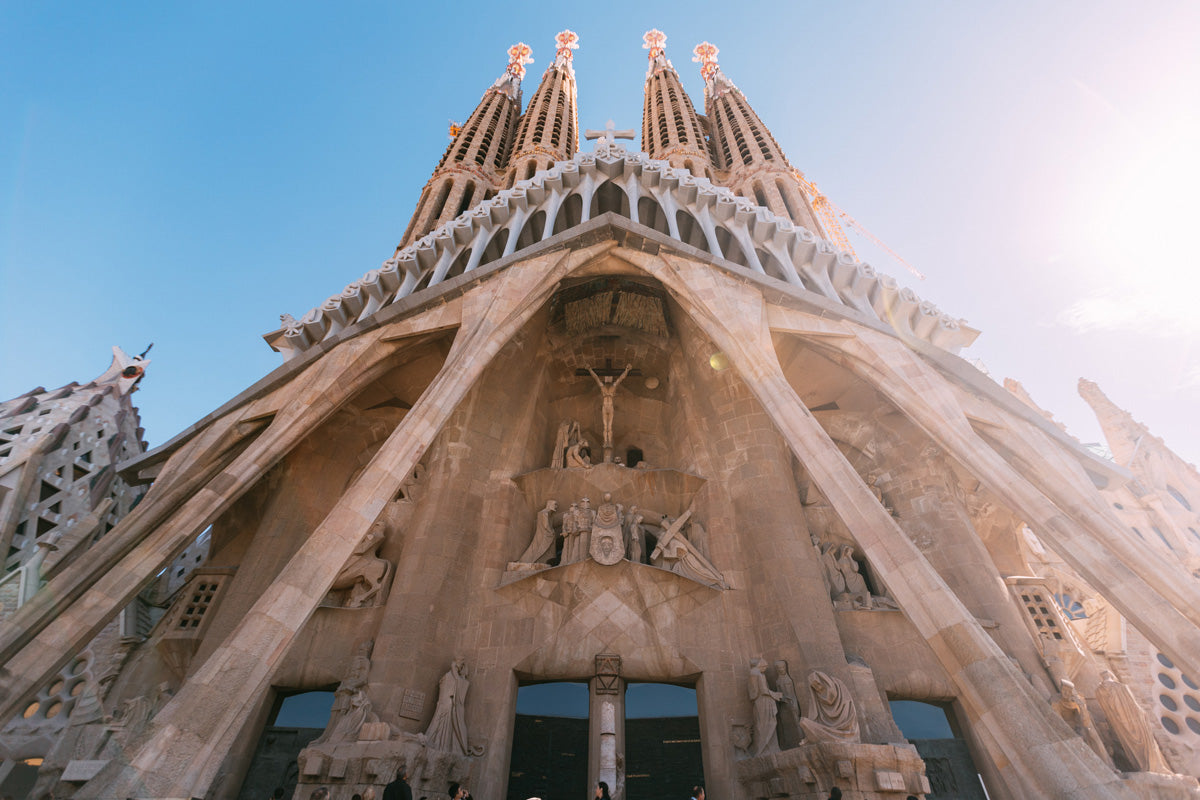Nothing can compare to a good book, they are imagination portals that work as escapes from reality, vessels with information that nurture knowledge, they can even offer a (nice) look into the life of famous historical characters. Novels travel across different topics which usually exalt the things addressed in them and architecture has been source of inspiration for many writers.
A journey across some of the most famous pieces in literature, offers us the books that can be considered an ode to the matter.
Pillars of the Earth - Ken Follett
Listed under historical novels, the British author takes readers to an England in the Middle Ages, particularly to the 12th century. A description of the evolution of Gothic architecture from its precursor, Romanesque architecture, and the changes the Kingsbridge Priory went through.
It all starts with Tom Builder and his family, a poor builder who loses his job as the constructor of the house of noble man William Hamleigh’s son. Through the more than 1,000 pages, the numerous eras that the building of a cathedral goes through are told, in addition to the different struggles the main characters experience.
Invisible Cities - Italo Calvino
Calvino describes this book as “the ultimate love poem to cities when it is increasingly hard to live them as cities”. A series of travel tales that Marco Polo takes to Kublai Kan, a short story about impossible cities, how the microscopic city, which broadens, ends up creating many concentric cities in expansion, a web city suspended over an abyss or a bidimensional one, like Moriana.
Our collaborator Raquel Azpíroz went over this book in detail in [In]visible, feature included in the first issue of Container magazine.
The Gaudi Key - Esteban Martín
This novel speaks about an architect and his work, set in the early 20th century, when Modernism becomes irresistible to the enthusiasts of the dark. It is about lodges and secret societies which transform Barcelona into the capital of esoterism, while Antonio Gaudi’s architecture becomes the key of an ancient prophecy.

The Number of God - José Luis Corral
The Number of God focuses on the construction of the Burgos and Leon cathedrals. The story shows heroine Teresa Rendol, a painter harassed by religious persecutions, who at the same time teaches about women situation in Spain at the time and the role they played in cathedral construction and decoration. It also talks about the arrival of Gothic style in the Peninsula.
Cathedral of the Sea - Ildefonso Falcones
Set in the 14th century, under the Kingdom of Aragon, Barcelona finds its highest prosperity point. The inhabitants of the humble fisher town in the riverbank decide to build the Basilica of Santa María del Mar, work financed with the money of the wealthiest. One of the main characters, Arnau Estanyol grows up to discover the Catalan city and, through the story of his father, Bernat Estanyol, we can see the struggles they face in a feudal time when work is strenuous and life is unfair, but they can always count on the protection “their” cathedral offers them (which is actually a basilica).

The God of Small Things - Arundhati Roy
We often neglect obvious things, because they might seem insignificant and the small things that surround us usually get lost among those more overwhelming ones. The author of this book suggests the opposite, he states that often those small things in life are what truly matters and the way in which these connect to other bigger ones or even between them can affect all that surrounds us. To Roy, “the stories you like most are those you already know. Structurally, as an architect, you do not begin designing a house from the entrance and end at the exit. There is a structure of layers, narrative, and that is a challenge in itself”. Graduate from the School of Planning and Architecture in Delhi (India), he speaks about cyclic thought, which results in a texturized and healthy plot creating a unique language through words, in order to process the world.


